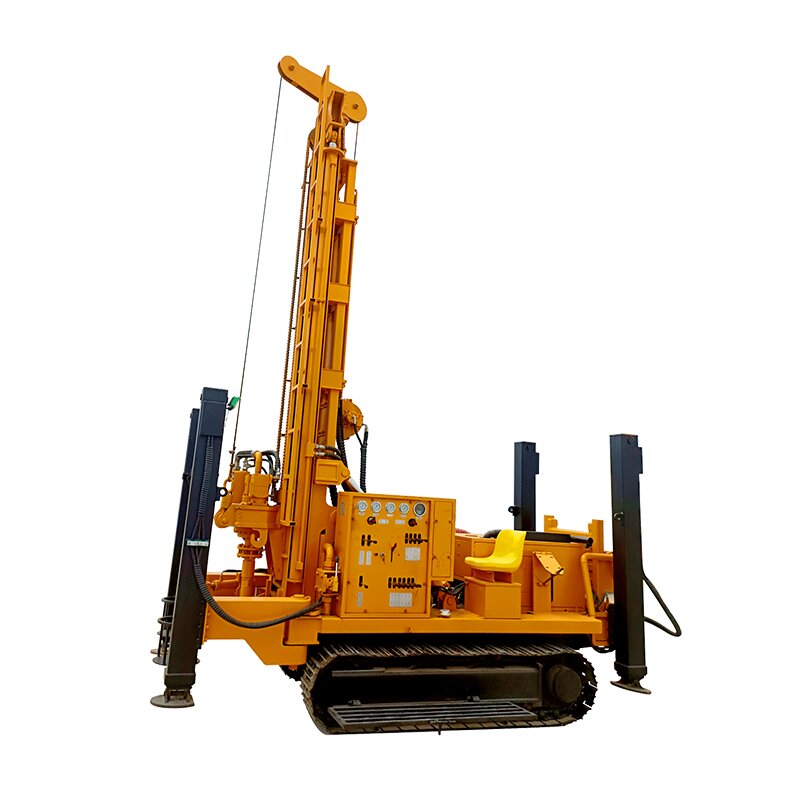Because the rated working speed of the supercharger is more than 130,000 revolutions per minute, and it is at the outlet of the exhaust manifold, the temperature is extremely high (above 800 °C), and the inlet and exhaust pressure is also large, that is, high temperature, high pressure and high speed, so the requirements for lubrication, cooling and sealing of the supercharger are relatively high. In order to ensure the service life of the supercharger, the design should ensure the lubrication and cooling of the supercharger floating bearing, and at the same time, it is required to do the following in use:
(1) After the engine starts, it should idle for 3-5 minutes, and do not immediately increase the load to ensure the good lubrication of the supercharger. The main reason is that the supercharger is located at the top of the engine, if the supercharger starts to run at high speed immediately after the engine starts, it will cause the oil pressure to fail to rise in time to supply oil to the supercharger, resulting in the supercharger lack of oil damage, and even burn out the entire supercharger.
(2) The idle time should not be too long, generally not more than 10 minutes, and too long the idle time is easy to cause oil leakage at the end of the compressor.
(3) Do not turn off the engine immediately before stopping, and should idle for 3-5 minutes to reduce the speed of the supercharger and the temperature of the exhaust system to prevent the occurrence of heat recovery, oil coking, bearing burning and other failures. Frequent incorrect use can cause damage to the booster.
(4) For engines that have not been used for a long time (generally more than 7 days), or engines with new superchargers, oil should be filled into the oil inlet of the supercharger before use, otherwise the life will be reduced or the supercharger will be damaged due to poor lubrication.
(5) Regularly check whether there is loose air leakage/oil leakage in each connection, and whether the oil return pipe is unobstructed, and if so, it should be eliminated in time.
(6) Ensure that the air filter is clean and replaced regularly as required.
(7) Change the oil/oil filter regularly.
(8) Regularly check the radial axial clearance of the supercharger shaft, the axial clearance should not be greater than 0.15 mm, and the radial clearance is: the gap between the impeller and the pressure shell is not less than 0.10 mm, otherwise it should be repaired by professionals to avoid expanding losses.
If you need help on choosing the right water well drilling rig,click the link below to contact our professional team directly.

Comments
Post a Comment